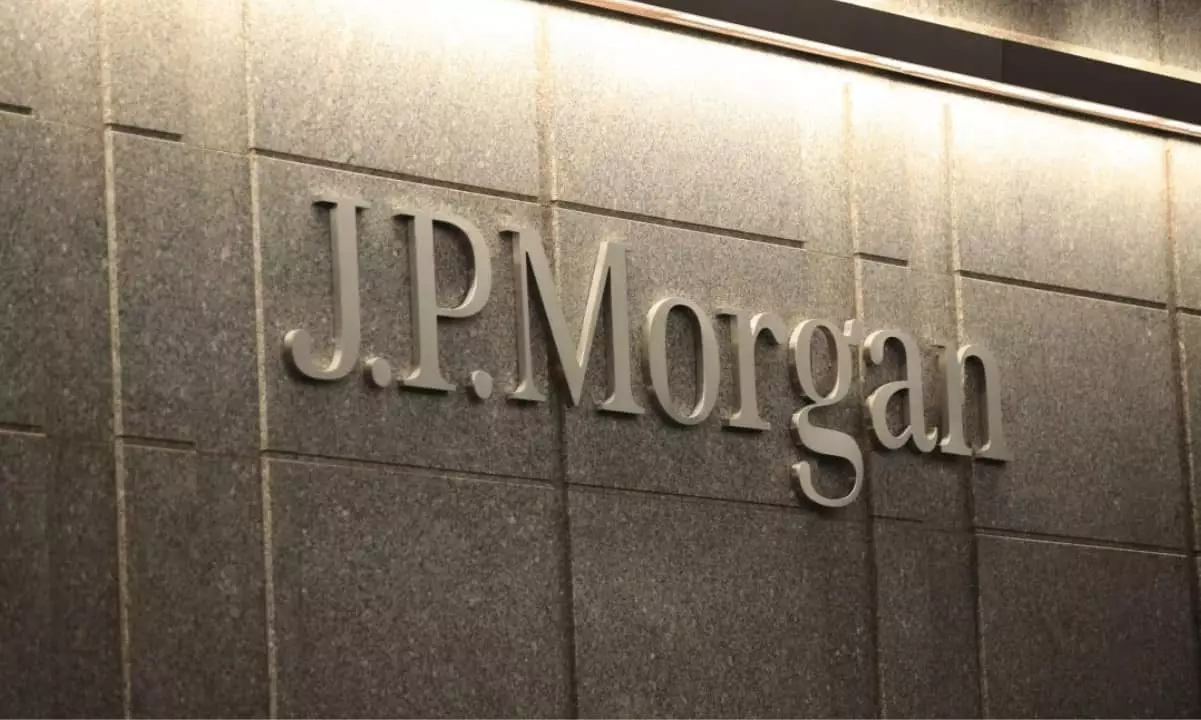Once a fierce critic of the crypto industry, JPMorgan’s recent moves reveal a pragmatic transformation, driven less by idealism and more by a clear-eyed understanding of market evolution. Under Jamie Dimon’s leadership, the bank’s narrative on Bitcoin ranged from outright dismissal to cautious neutrality. Now, the possibility of offering loans collateralized by Bitcoin, Ethereum, and other digital assets signals a strategic shift that could redefine the balance of power in finance. This is not merely an acceptance of new assets, but an acknowledgment of their growing importance in the financial ecosystem—a recognition that traditional institutions cannot afford to ignore.
The move also underscores an important lesson: in the fast-changing world of finance, adaptability is essential. For years, critics argued that crypto was a fleeting bubble, a haven for illicit activity—an industry destined for collapse. Yet, the reality is different. Crypto has matured, regulatory frameworks are gradually taking shape, and institutional interest continues to grow. JPMorgan appears to be hedging its bets, stepping cautiously into the realm where digital assets become a core element of lending and asset management.
This strategic openness may seem sudden, especially given Dimon’s past disparagement, but it actually reflects a broader trend: the recognition that digital assets aren’t just speculative toys—they’re a new form of wealth storage and transfer, capable of serving as a legitimate collateral class. The move to lend against crypto ETFs and, potentially, the assets themselves is a calculated effort to stay relevant amid increasingly competitive markets where crypto-native investors are pushing traditional banks to evolve or be left behind.
The Challenges and Risks: Navigating an Uncertain Regulatory and Technical Landscape
While the prospects sound promising, there are significant hurdles that JPMorgan and similar institutions must overcome before fully integrating crypto-backed loans into their core offerings. Foremost among these are technical and compliance complexities. Managing collateral that is highly volatile and prone to sudden shifts in value exposes banks to substantial risk. Safeguarding against defaults involves developing robust valuation models and liquidation mechanisms—tasks far from trivial in the fast-paced crypto environment.
Regulatory uncertainty remains an enduring obstacle. Despite recent signs of a more accommodating stance from U.S. authorities, the industry continues to grapple with an unclear and often inconsistent legal framework. The recent passage of a stablecoin bill and the Federal Reserve’s relaxation of crypto-related restrictions are positive steps, but they pale in comparison to the comprehensive regulatory clarity needed for banks to confidently broaden their crypto engagement. Without clear guidelines, institutions risk exposing themselves to lawsuits, fines, and reputational damage should they misstep.
Additionally, the challenge of security cannot be understated. Digital assets, by their very nature, are vulnerable to hacking and theft. When loans are embedded with these assets as collateral, the bank assumes additional responsibilities—securing private keys, preventing breaches, and managing the liquidation process in distressed scenarios. These technological hurdles require significant investment and innovation, which many traditional banks may find daunting or risky without the right partnerships or technology stacks.
The Subtle Power Shift in Financial Dominance
This move by JPMorgan, while still tentative, hints at a broader redistribution of power within the financial industry. As the largest and most influential traditional bank begins to embrace crypto assets, it signals a shift from skepticism to strategic integration. This transition could catalyze a new era where digital assets become an integral part of mainstream finance, challenging the dominance of conventional lending and investment models.
Furthermore, JPMorgan’s cautious approach reflects a nuanced understanding of the balance of risk and reward. Embracing crypto-backed lending offers lucrative opportunities—particularly for serving high-net-worth clients and institutional investors seeking innovative ways to leverage their digital holdings. Yet, the bank remains aware of the potential pitfalls, opting for a measured rollout that safeguards against overexposure.
One must also consider the implications for the broader financial ecosystem. As banks start offering crypto-backed loans, they could squeeze out less sophisticated lenders, consolidate market share, and reinforce their roles as guardians of stability—albeit within an expanded, more complex asset universe. This trend could either accelerate the normalization of crypto in finance or trigger new regulatory crackdowns as authorities grapple with the implications of mainstream adoption.
In the end, JPMorgan’s evolving stance on crypto is less about embracing a passing trend and more about positioning itself at the forefront of financial innovation. Its willingness to experiment with crypto-backed lending, despite past misgivings, signifies a pragmatic acknowledgment that the future of money involves digital assets—assets that so far have avoided total collapse and are increasingly recognized as legitimate wealth and collateral sources. Whether this shift will empower traditional banking giants to dominate the digital frontier or expose them to unforeseen vulnerabilities remains to be seen. However, one thing is clear: the game is changing, and the institutions that adapt quickest will shape the contours of finance for years to come.

